Eurasian plum and the subtleties of caring for it
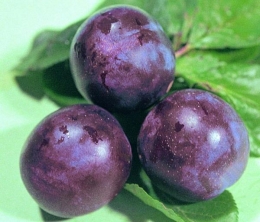
The Eurasian plum is an early large tree that delights with its juicy and tasty fruits. They have healing properties. It is a preventative for heart disease, constipation, metabolic disorders, kidney disease, etc. Many who live in private sectors want to acquire this wonderful and useful product.
Content:
Planting plum Eurasia
If you have moist, clayey, heavy soil, then this is an excellent option for Eurasia plum. She loves high soil moisture more than any fruit tree. Plums will produce a lot of fruit in calcium-enriched soil, but in acidic soil, on the contrary, they will get sick and produce a smaller harvest. When planting this tree, you need to pour about 300 g of lime or chalk into the hole. You need to choose a quieter, windless place for the tree.
This plum variety - winter-hardy, therefore, if there is frost during flowering, then there is no need to be afraid that the plum will not produce a harvest.
It is best to plant plums in early spring so that they begin to bloom already in the ground:
The pit can be prepared in the fall or spring, just before planting.
- The hole should be 60-70 cm deep and approximately 80 cm in diameter.
- The bottom of the hole must be loosened.
- The plum will take root well if the hole is filled with humus and peat, as well as organic fertilizers. But the main component is still giraldite, or wood ash.
- Mix all this well with the dug up soil and you can start planting directly.
- You can sprinkle the collected shells from eggs (calcium) at the bottom of the hole, then the tree itself, then fill the hole fertilized soil, if it is not enough, then you can simply add loose soil and, of course, water it all generously.
- When planting, you also need to ensure that the root collar is at soil level, or slightly above it.
The tree can bear fruit within 4-5 years after planting. If conditions are favorable, the yield will be high.
Tree care

In the first year after planting, there is no need to feed the plum tree, since it was fertilized abundantly during planting. In the second year you need to give nitrogen fertilizers. They can be purchased in specialized stores, where the ratio of water and fertilizer will be indicated.
In subsequent years fertilize the plum stands more often until it bears fruit. Around May, June and August.
Trees that will already bear fruit should be given the first fertilizer before flowering. It must be poured into loose and moist soil. The second fertilizer should be given during fruit filling. The third fertilizer is immediately after harvesting.
In addition to fertilizers, every year you need to remove weeds, loosen the soil around the tree, add peat, humus, or chalk.
At the beginning of summer, when the plum trees shoots out, they need to be thinned out so that the remaining ones have good growth. The crown should be well lit. In April or May, it is imperative to prune damaged shoots. If the tree is not growing well, then you need to trim the old branches, which should be done in March or April.
Reproduction
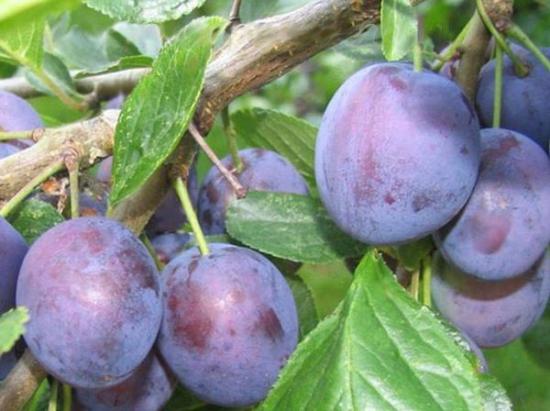
Plum can be propagated in different ways. The easiest way is propagation by shoots.They should be harvested in early spring from the most fruitful trees. There is no need to take shoots that grow at the root of the tree, as they will not give good roots. You need to choose the most developed shoot and dig it up. To prevent any infection, it is necessary to cover the cut with garden varnish.
You can also propagate plums by root cuttings, which are harvested in the fall or spring. You need to step back from the trunk up to 1 meter and dig out the roots. The cuttings should be about 15 cm long and up to 15 mm thick. If you dug up cuttings in the fall, then they should be stored in a box, sprinkled with sand, in a cold place, at a temperature of no more than 2 degrees.
Plant cuttings should be placed in loosened and moist soil at a distance of 10 cm from each other at the beginning of May, then covered with film. The film should be removed after a month, and the soil should be kept moist. After the cuttings take root, the seedlings are grown for another 2 years. You can feed the cuttings with nitrogen fertilizers, or you can also feed them with humus.
Plums are also propagated by grafting, but this method is only suitable for experienced gardeners, as it requires a lot of skill and knowledge.
If you want to buy a fruit tree for your garden, then the Eurasia plum is the best option for this. After all, this is not only a tasty fruit, but also healthy. And for those who want to lose excess weight, you can’t imagine anything better. Plum fruits can be used both fresh and processed. You can make jam, compote, preserves from them. Or you can simply dry it and the well-known prunes will come out, which incredibly satisfy hunger and are very tasty.
All the subtleties of plum care on video:
Interesting information about the vegetable garden


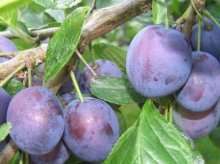
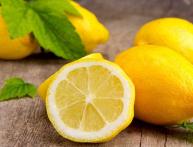
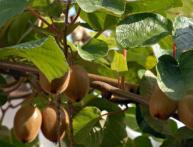
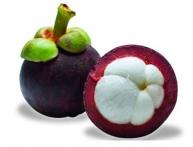
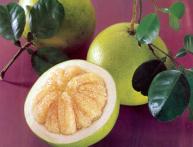
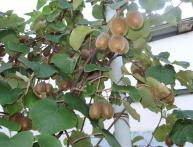
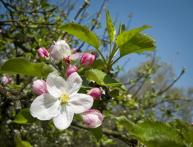

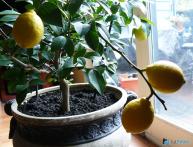
Comments
Thank you. Please tell me which areas are recommended for planting this particular plum variety?
In Ukraine, the Eurasian plum grows almost everywhere, especially in the western-southern regions of the country. The fruits are large, with juicy and tasty pulp. Suitable for preservation in the form of compotes, preserves, jams. This year I used this plum variety to make a fragrant compote for the winter, and it turned out simply amazing. So for those who have their own garden, I recommend planting several plum trees.